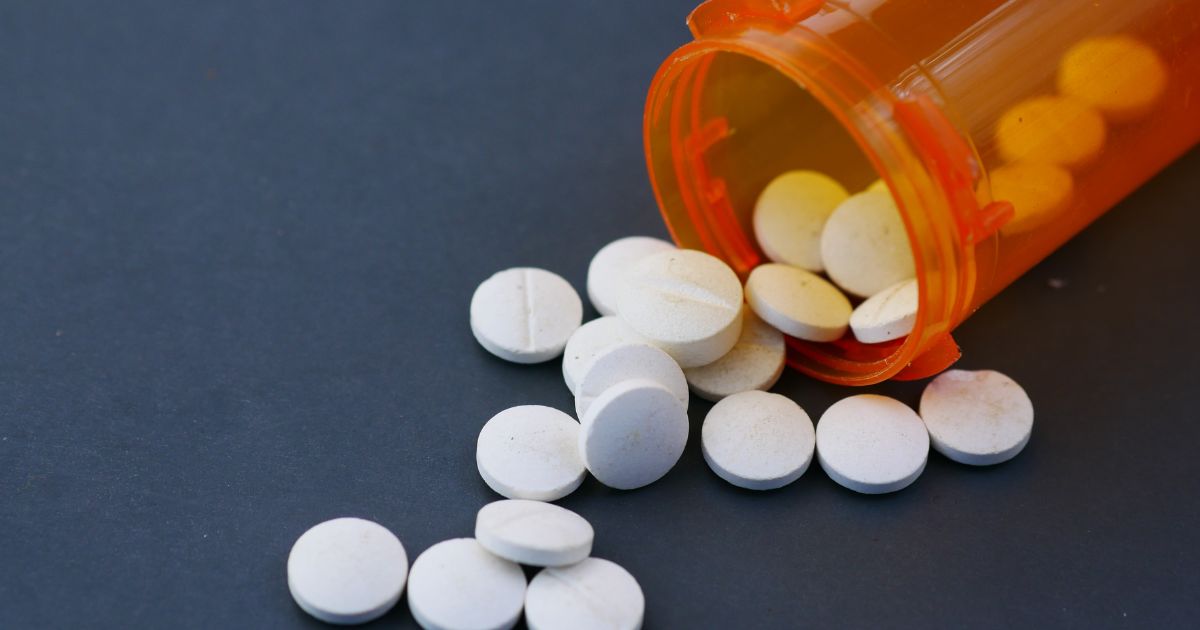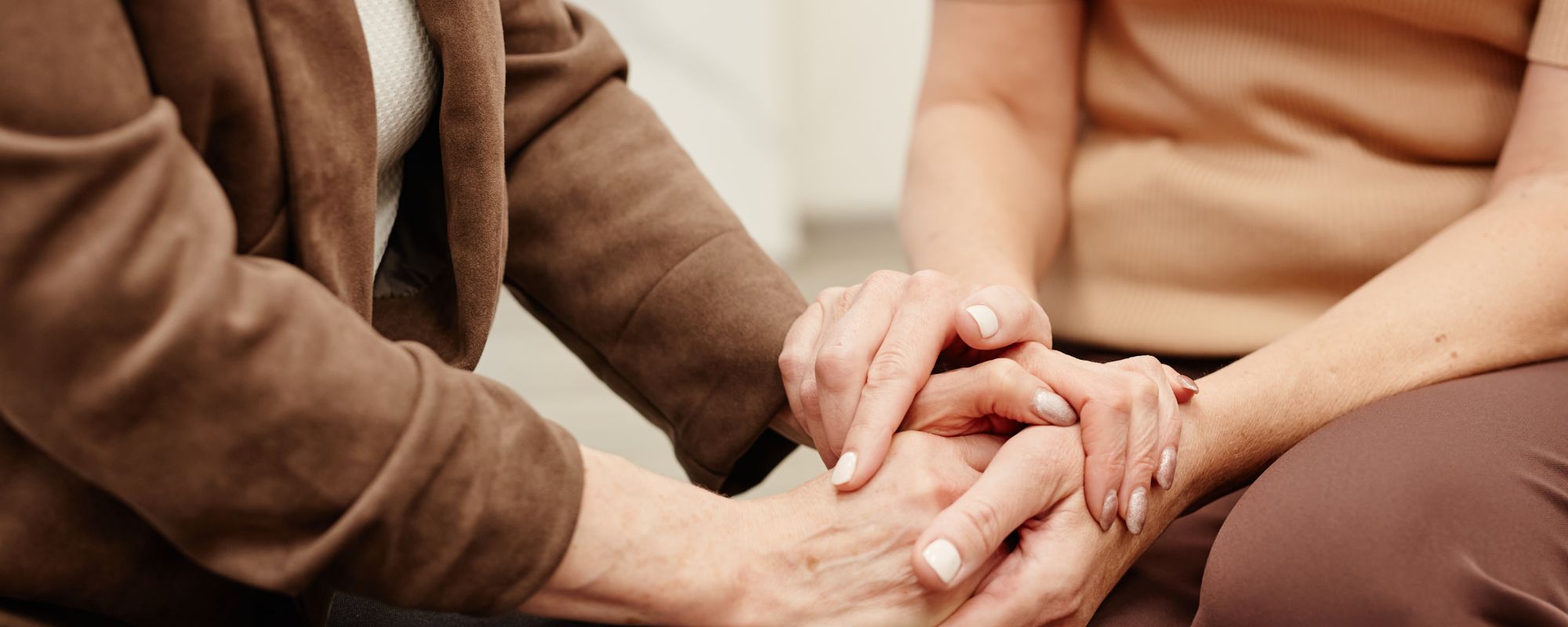Who is Affected?
“Issues with chronic pain affect more than 40 percent of the U.S. population, resulting in costs exceeding $100 billion per year” (Virginia Tech). From chronic pain, there has been drug abuse of prescription painkillers that contributes to the current opioid crisis. The opioid crisis was declared a National Public Health Emergency, “The problem has grown so wide that fatal overdoses from opioid use are now the leading cause of unnatural death” (Virginia Tech).
Although many who struggle with chronic pain do not illicitly visit doctors for a prescription painkiller, a massive number of sufferers are prescribed to opioids and in turn, become addicted. Strong opioids will drastically lessen your chronic pain, but becoming dependent is nearly unavoidable for chronic pain patients. The cycle of chronic pain and substance abuse then begins.
The Cycle of Chronic Pain and Substance Abuse
The cycle of chronic pain and substance abuse revolves around greater pain and the maintenance of an addiction. Emily Zale, an assistant professor of psychology at Syracuse University speaks on her findings, after analyzing over one hundred studies on pain and substance abuse: “We propose that the two conditions interact in the manner of a positive feedback loop, which means that they can increase each other over time. Another way to think about this relationship is as a vicious cycle: substance use can worsen pain, pain can motivate escalations in substance use or make it harder to quit, and these repeated cycles can result in more severe pain and worsening addiction” (Binghamton University).
Chronic pain and addiction go hand-in-hand, as both conditions affect each other greatly. It is easy to see that many chronic pain sufferers have developed a prescription pill addiction, even when they are just taking the medication as prescribed. The issue with current treatment options for chronic pain is that opioids are commonly the most effective in making the patient feel a significant reduction in their pain, however, opioids are also extremely addictive and habit-forming— patients will end up building a tolerance and dependency on their painkillers, which perpetuates the cycle of chronic pain and substance abuse. Even chronic pain sufferers who have a legitimate medical purpose for opioids, can end up developing an addiction to the pills pretty quickly, then these patients feel a constant need for this medication as it becomes seemingly the only thing that effectively reduces their pain.
Additionally, just because a medication is prescribed to treat a legitimate condition, does not mean that there cannot be prescription drug misuse on behalf of the chronic pain patient. The patient may quickly grow dependent on the medication because it treats their pain, but the prescription drug abuse can quickly grow into that patient seeking prescription opioids on the street to double up or take a higher dose for more of an effect.
Self-Medicating Becomes Addiction Maintenance
As we know, many people use substances with the intent to self-medicate, which is why many people with chronic pain conditions may turn to opioids before reaching a diagnosis. This self-medicating is a way to cope from chronic pain for many people who suffer with daily pain, which brings them into a vicious cycle of dependence, tolerance, and maintenance— the drugs and the chronic pain continue to become a pattern that is hard to break out of. In addition to this nature of both conditions feeding into each other, chronic pain can also be worsened greatly during the withdrawal process. This creates extreme cravings for painkillers, as users just want the pain to be relieved.
In addition to a chronic pain condition, sufferers can also find themselves slipping into a substance use disorder as their dependency on prescription medication grows. Sufferers of chronic pain can find themselves becoming physically dependent on the drugs prescribed to them by a doctor, without expecting this dependence they enter a state of addiction maintenance to now avoid being physically ill with withdrawal and their prescription drug abuse becomes a matter of treating these new symptoms as opposed to relieving their chronic pain. Symptoms of withdrawal begin roughly about 6-12 hours after the last use.
Signs and symptoms of opioid or synthetic opioid withdrawal include:
Not Just Opioids
When you think about chronic pain, most people will associate it with opioids, however, chronic pain sufferers turn to other substances to lessen or ease their pain. Chronic pain sufferers can turn to substance like nicotine or tobacco, alcohol, and cannabis— which are also the most commonly used substances in the United States. These substances, in addition to opioids, can also worsen any pre-existing mental health disorders as well.
New Non-Addictive Solution to Chronic Pain
Research has been ongoing for a new drug compound that is said to relieve chronic pain in a way that no over-the-counter medication can. This new non-addictive drug compound is called ML351, and was discovered by researchers of the NIH (National Institutes of Health), an institute that is part of the U.S. Department of Health and Human Services. This drug compound is an alternative to opioids for the treatment of chronic pain, and is being further researched by a team of research scientists with the School of Neuroscience, a school that’s part of the College of Science at Virginia Tech. One of these researchers, Ann Gregus, says “ ‘ML351 targets a novel signaling pathway believed to be responsible for the development of chronic pain that does not respond to anti-inflammatory drugs. “ML351 may be effective for multiple types of pain, and our future studies will investigate its utility in other models of chronic pain…’ “ (Virginia Tech). This is a breakthrough, as current anti-inflammatory drugs and steroids “help relieve pain by reducing inflammation, but for many types of chronic pain they are less effective”; this is why many chronic pain sufferers feel no relief from medications like Ibuprofen for example. “The need for a nonopioid, non-addictive pain medication is paramount,” as we know that those suffering from chronic pain end up being prescribed addictive opiate painkillers because of their effectiveness, without even thinking about the negative consequences associated with those habit-forming medications.
Another Breakthrough in Chronic Pain?
The well-known Placebo Effect may reduce prescription drug addiction in chronic pain sufferers. The Placebo Effect or Placebo Response is basically when the mind controls the effect of a treatment based upon the simple notion that something to relieve a condition is being given to the patient. Basically, the Placebo Effect shows the power of the mind on bodily influence, and is illustrated usually with a patient being given a sugar pill (without knowledge that the sugar pill is not any targeted medication to treat them) and the sugar pill works to relieve symptoms, because the patient’s mind associates a pill with relief. It is discussed in many scientific journals and reviews, that the interaction with medical professionals itself has the effect of providing relief for any symptoms or conditions. “…the placebo response is real and potentially powerful, and some of its underlying mechanisms are becoming better understood” (Brody). A placebo pill to treat some chronic pain patients would not only be a non-active, non-addictive option, but it would also have cost saving benefits for both patients and the health care system. (Northwestern University).
Based on the brain anatomy and psychology of chronic pain patients, some may feel an effective reduction in pain after taking a sugar (placebo) pill! This study is revolutionary for the topic of chronic pain and its’ treatment. Scientists from Northwestern Medicine, at Northwestern University, as they “have shown they can reliably predict which chronic pain patients will respond to a sugar placebo pill based on the patients’ brain anatomy and psychological characteristics” (Northwestern University). These scientists describe this population of chronic pain patients to have a brain that is already tuned to respond, A. Vania Apkarian, professor of physiology at Northwestern University Feinberg School of Medicine says “They have the appropriate psychology and biology that puts them in a cognitive state that as soon as you say, ‘this may make your pain better,’ their pain gets better” (Northwestern University).
These subjects who felt their pain was relieved after taking the placebo pill had commonality in their psychological characteristic and the anatomy of their brain; “The individuals whose pain decreased as a result of the sugar pill had a similar brain anatomy and psychological traits. The right side of their emotional brain was larger than the left, and they had a larger cortical sensory area than people who were not responsive to the placebo. The chronic pain placebo responders also were emotionally self-aware, sensitive to painful situations and mindful of their environment” (Northwestern University).
With this research, Apkarian says that there is no need to be deceitful with the chronic pain patient, “You can tell them, ‘I’m giving you a drug that has no physiological effect but your brain will respond to it,'” he said. “You don’t need to hide it. There is a biology behind the placebo response” (Northwestern University).
References:
Binghamton University. “Pain and substance abuse interact in a vicious cycle: Experiencing pain can motivate individuals to use substances and might make it harder to quit.” ScienceDaily. ScienceDaily, 14 January 2019.
BRODY, HOWARD. “The Placebo Response.” Journal of Family Practice, July 2000, p. 649. Academic OneFile, https://link.galegroup.com/apps/doc/A63771540/AONE?u=rale81710&sid=AONE&xid=1ffe0a90.
Northwestern University. “Sugar pills relieve pain for chronic pain patients: Placebo benefits can be predicted by brain anatomy and psychological traits.” ScienceDaily. ScienceDaily, 12 September 2018.
Virginia Tech. “Researchers developing nonopioid drug for chronic pain.” ScienceDaily. ScienceDaily, 12 December 2018.
Light at the End of the Tunnel
A chronic pain condition can feel overwhelming and consuming, however, there is help available for chronic pain sufferers that allow them to remain drug free. At Royal Life Centers, we take any chronic pain conditions into account when our clinicians and guests build an individualized treatment plan that is tailored specifically to meet their needs, goals, and circumstances. Chronic pain may leave you feeling hopeless, but there is hope for a better life— a life filled with happiness, health, and meaning in sobriety. Please reach out to us if you, family, or a friend is suffering with chronic pain and substance abuse.
If you, or someone you know, is struggling with an addiction, please reach out to our addiction specialists at (877)-RECOVERY or (877)-732-6837. Our team of addiction specialists are available to take your call 24 hours a day, 7 days a week. Because We Care.









